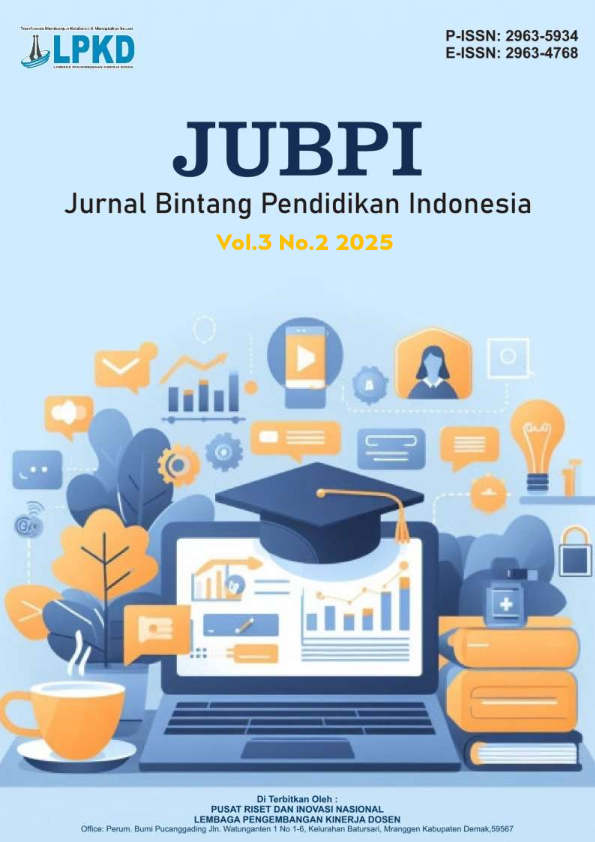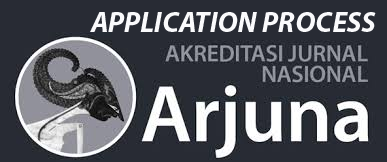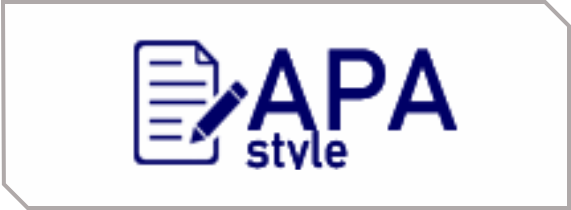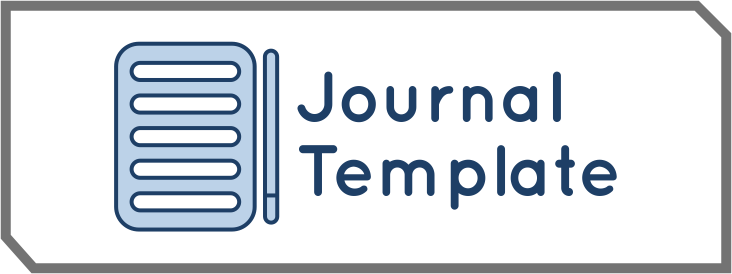Analisis Kesulitan Membaca (Disleksia) pada Anak Tunagrahita di SLB Negeri Autis Sumatera Utara
DOI:
https://doi.org/10.55606/jubpi.v3i2.3650Keywords:
Learning Difficulties, Strategies, EducationAbstract
The journal aims to explore the various challenges faced by students in the learning process, particularly focusing on the factors contributing to learning difficulties. Employing qualitative research methods, the study gathers data through interviews, observations, and literature reviews to understand the experiences of students with learning difficulties. Key findings indicate that these difficulties can stem from a combination of cognitive, emotional, and environmental factors, highlighting the importance of early identification and intervention to support affected students. The journal emphasizes the need for educators and policymakers to develop tailored strategies and resources to assist students facing learning challenges. Additionally, it recommends future research to explore specific interventions and their effectiveness in diverse educational settings. Ultimately, addressing learning difficulties is crucial for fostering an inclusive educational environment that promotes the success of all students.
References
Ardha, Y. (2016). Keterampilan sosial anak tunagrahita ringan di sekolah dasar inklusif. Universitas Pendidikan Indonesia.
Creswell, J. W. (2014). Research design: Qualitative, quantitative, and mixed methods approaches. SAGE Publications.
Dardjowidjojo, S. (2008). Psikolinguistik: Pengantar pemahaman bahasa manusia. Yayasan Obor Indonesia.
E, T. (2019). Efektivitas metode pembelajaran pada anak tunagrahita di SLB Siborong-borong. Jurnal Pionir, 5(3).
Fletcher, J. M., Lyon, G. R., Fuchs, L. S., & Barnes, M. A. (2018). Learning disabilities: From identification to intervention. Guilford Publications.
Haifa, N. D. (2020). Pengenalan anak pengidap disleksia. Pedadidaktika: Jurnal Ilmiah Pendidikan Guru Sekolah Dasar.
Leoziana. (2017). Urgensi mengenal ciri disleksia. Jurnal UIN Ar-Raniry, 3(2), 42–58.
Lyon, G. R., Shaywitz, S. E., & Shaywitz, B. A. (2003). A definition of dyslexia. Annals of Dyslexia.
Nisrina Haifa, D. (2020). Pengenalan anak pengidap disleksia. Pedadidaktika: Jurnal Ilmiah Pendidikan Guru Sekolah Dasar, 7(2), 21–32.
Nurfadhillah, S. D. (2022). Analisis kesulitan belajar membaca (disleksia) dan kesulitan belajar menulis (disgrafia) siswa kelas I SDN Tanah Tinggi 3 Tangerang. Masaliq: Jurnal Pendidikan dan Sains.
Primasari, I. F. N. D., & Supena, A. (2021). Meningkatkan kemampuan membaca siswa disleksia dengan metode multisensori di sekolah dasar. Jurnal Basicedu.
Raharjo, T., & Wimbarti, S. (2020). Assessment of learning difficulties in the category of children with dyslexia. Jurnal Konseling dan Pendidikan.
Snowling, M. J., & Göbel, S. M. (2010). Reading development and dyslexia. In U. Goswami (Ed.), The Wiley-Blackwell handbook of childhood cognitive development.
UNESCO. (2009). Policy guidelines on inclusion in education. Paris, France.
Vygotsky, L. S. (1978). Mind in society: The development of higher psychological processes. Harvard University Press.
Downloads
Published
How to Cite
Issue
Section
License
Copyright (c) 2025 Salimatul Islamiyah, Sri Puspita Della Aryadi, Viny Syahputri, Yusra Faizah, Muhammad Nur Huda, Rizky Ramadhan Damanik, Ali Pernantian Pane

This work is licensed under a Creative Commons Attribution-ShareAlike 4.0 International License.








